Table of content
- Forms of Notoginseng
- Health Benefits of Notoginseng Tea
- Origin
- Age
- Form
- Quality
- Equipment
- Water Quality
- Water Temperature
- Step 1: Measure the Notoginseng
- Step 2: Boil the Water
- Step 3: Prepare the Teapot
- Step 4: Add the Notoginseng
- Step 5: Pour the Water
- Step 6: Strain (If Necessary)
- Step 7: Serve and Enjoy
- Step 8: Re-Steeping (Optional)
- Bitter Taste
- Weak Tea
- Cloudy Tea
- Combining Notoginseng with Other Herbs
- Cooking with Notoginseng
Introduction
Notoginseng, scientifically known as Panax Notoginseng, is a renowned herbal medicine in traditional Chinese medicine (TCM). It is revered for its numerous health benefits, including its ability to promote blood circulation, alleviate pain, and enhance the immune system. One of the most popular ways to consume notoginseng is through brewing it as a tea. However, to fully harness its medicinal properties, it is crucial to follow the correct brewing method. This comprehensive guide aims to educate readers on how to properly prepare and brew notoginseng tea, ensuring maximum efficacy and flavor.
Understanding Notoginseng
Before diving into the brewing process, it is essential to understand what notoginseng is and its various forms. Notoginseng is a perennial herb native to China, primarily grown in the Yunnan province. The plant’s roots are the most valued part, used in both medicinal and culinary applications.
Forms of Notoginseng
- Raw Notoginseng (Sheng Sanqi): This form has a cooler nature and is primarily used to stop bleeding, reduce inflammation, and lower blood pressure.
- Cooked Notoginseng (Shu Sanqi): Cooked notoginseng has a warmer nature and is used to nourish the blood, alleviate pain, and improve circulation.
Both forms can be found in various preparations, including powder, slices, and roots. For brewing tea, the powder and sliced forms are most commonly used due to their ease of use and quick extraction of active ingredients.
Health Benefits of Notoginseng Tea
Notoginseng tea offers a range of health benefits, making it a popular choice for those seeking natural remedies. Some of its key benefits include:
- Blood Circulation: It promotes blood circulation, which is beneficial for heart health and reducing the risk of cardiovascular diseases.
- Pain Relief: Notoginseng has anti-inflammatory properties, making it effective in alleviating pain, especially from injuries or arthritis.
- Immune Boosting: Regular consumption can enhance the immune system, helping the body fight off infections and diseases.
- Antioxidant Properties: Rich in antioxidants, it helps protect cells from damage caused by free radicals.
- Energy Boost: It provides a natural energy boost, making it ideal for those feeling fatigued or run down.
Choosing the Right Notoginseng
When selecting notoginseng for brewing, there are a few factors to consider to ensure you get the best quality and maximum benefits:
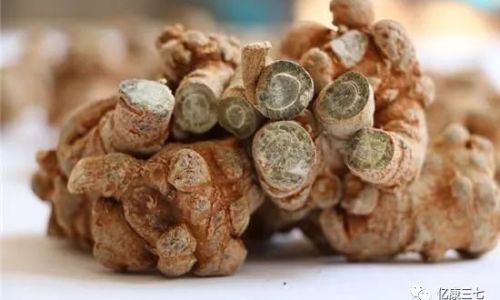
Origin
Yunnan province in China is known for producing the highest quality notoginseng. Look for products that specify their origin to ensure authenticity and quality.
Age
Older notoginseng roots are generally considered more potent and valuable. The age of the root can often be determined by its appearance and texture.
Form
For brewing tea, powder and sliced forms are most convenient. Powdered notoginseng is quickly dissolved in water, allowing for maximum extraction of active ingredients. Sliced notoginseng, on the other hand, offers a more visual and textural experience while brewing.
Quality
Ensure the notoginseng you purchase is free from contaminants, additives, and fillers. High-quality notoginseng should have a strong, earthy aroma and a slightly bitter taste.
Preparing for Brewing
Before starting the brewing process, there are a few preparations you need to make:
Equipment
- Teapot or Kettle: A ceramic or glass teapot is ideal as it does not alter the taste of the tea. A kettle can also be used for boiling water.
- Tea Strainer: If using sliced notoginseng, a tea strainer will help keep the slices from entering your cup.
- Tea Cups: Small, ceramic or porcelain cups are traditional for enjoying tea.
- Measuring Spoons: To accurately measure the amount of notoginseng powder or slices.
Water Quality
Use fresh, filtered water for brewing. Tap water can contain impurities that can affect the taste and quality of the tea.
Water Temperature
The ideal water temperature for brewing notoginseng tea is between 80°C to 90°C (176°F to 194°F). Boiling water can scorch the herbs, releasing bitter flavors and reducing their medicinal properties.
The Correct Brewing Method
Now that you have your equipment and ingredients ready, let’s dive into the step-by-step process of brewing notoginseng tea:
Step 1: Measure the Notoginseng
For powdered notoginseng, use approximately 1-2 grams per cup of water. If using sliced notoginseng, use 2-3 slices per cup. Adjust the amount based on your preferred strength and tolerance to the bitter taste.
Step 2: Boil the Water
Fill your kettle or teapot with fresh, filtered water and bring it to a boil. Once boiling, let it cool slightly to reach the ideal temperature range of 80°C to 90°C (176°F to 194°F).
Step 3: Prepare the Teapot
If using a ceramic or glass teapot, rinse it with hot water before adding the notoginseng. This helps to warm the teapot and prevent the tea from cooling too quickly.
Step 4: Add the Notoginseng
Place the measured notoginseng powder or slices into the teapot. If using powder, ensure it is evenly distributed to avoid clumping.
Step 5: Pour the Water
Carefully pour the hot water over the notoginseng, filling the teapot to the desired level. Allow the tea to steep for 5-10 minutes. The longer it steeps, the stronger and more bitter the tea will become.
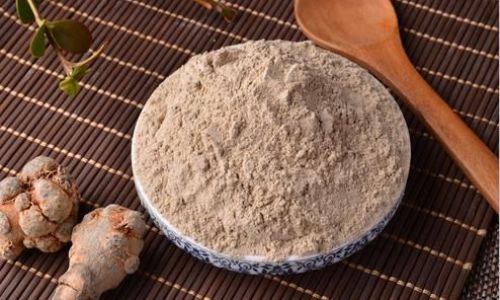
Step 6: Strain (If Necessary)
If using sliced notoginseng, strain the tea into your cups using a tea strainer to prevent the slices from entering your drink.
Step 7: Serve and Enjoy
Pour the brewed tea into your tea cups and enjoy. You can add honey or lemon to taste if desired, but remember that adding sweeteners may alter the medicinal properties of the tea.
Step 8: Re-Steeping (Optional)
High-quality notoginseng can be re-steeped multiple times. After enjoying your first cup, add more hot water to the teapot and allow it to steep again for a shorter duration, usually 3-5 minutes. The subsequent steepings will be less potent but still offer health benefits.
Troubleshooting Common Issues
While brewing notoginseng tea is relatively straightforward, there are a few common issues you may encounter. Here are some troubleshooting tips:
Bitter Taste
If your tea tastes too bitter, try reducing the amount of notoginseng used or steeping for a shorter time. You can also add a small amount of honey or lemon to balance the taste.
Weak Tea
If your tea lacks flavor or potency, increase the amount of notoginseng or steep for a longer duration. Ensure you are using high-quality, fresh notoginseng for the best results.
Cloudy Tea
Cloudy tea can be a sign of impurities or poor-quality notoginseng. Ensure you are using filtered water and high-quality herbs. If the problem persists, try a different brand or supplier.
Storing Notoginseng
Proper storage is crucial to maintain the quality and potency of your notoginseng:
- Airtight Container: Store notoginseng in an airtight glass or ceramic jar to prevent moisture and air from degrading its quality.
- Cool, Dry Place: Keep the container in a cool, dry place away from direct sunlight and heat.
- Away from Odors: Store notoginseng away from strongly scented foods or herbs as it can absorb odors.
Conclusion
Brewing notoginseng tea is a simple yet effective way to enjoy its numerous health benefits. By following the correct brewing method, you can maximize its medicinal properties and create a delightful tea-drinking experience. Remember to choose high-quality notoginseng, use the right equipment, and pay attention to water temperature and steeping time to ensure a perfect cup of tea. With a little practice, you’ll soon be brewing notoginseng tea like a pro, enjoying its unique flavor and health benefits every day.
Further Exploration of Notoginseng
While this guide covers the basics of brewing notoginseng tea, there is much more to explore about this fascinating herb. Here are a few additional topics you might find interesting:
Combining Notoginseng with Other Herbs
Notoginseng can be combined with other herbs to create unique blends with enhanced health benefits. For example, pairing it with ginseng can boost energy and improve cognitive function. Experimenting with different combinations can create a personalized tea experience tailored to your specific health needs.
Cooking with Notoginseng
In addition to brewing tea, notoginseng can be incorporated into various dishes, such as soups, stir-

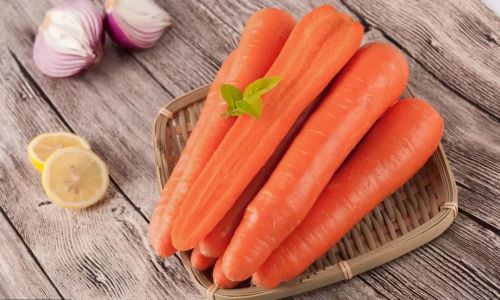
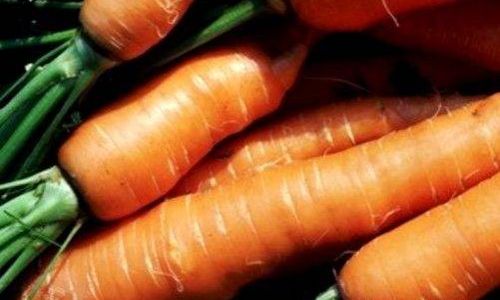
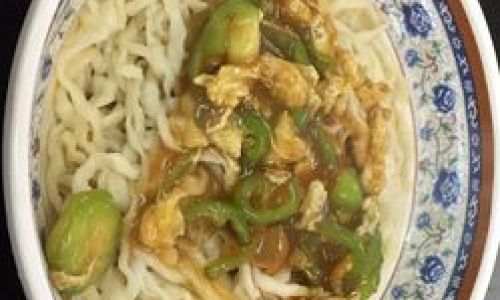
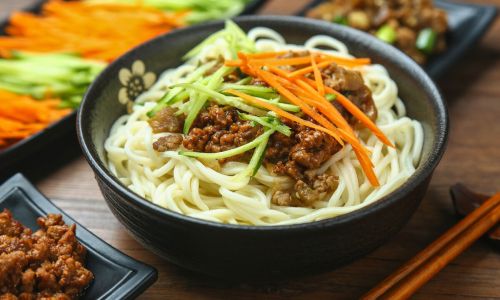
0 comments